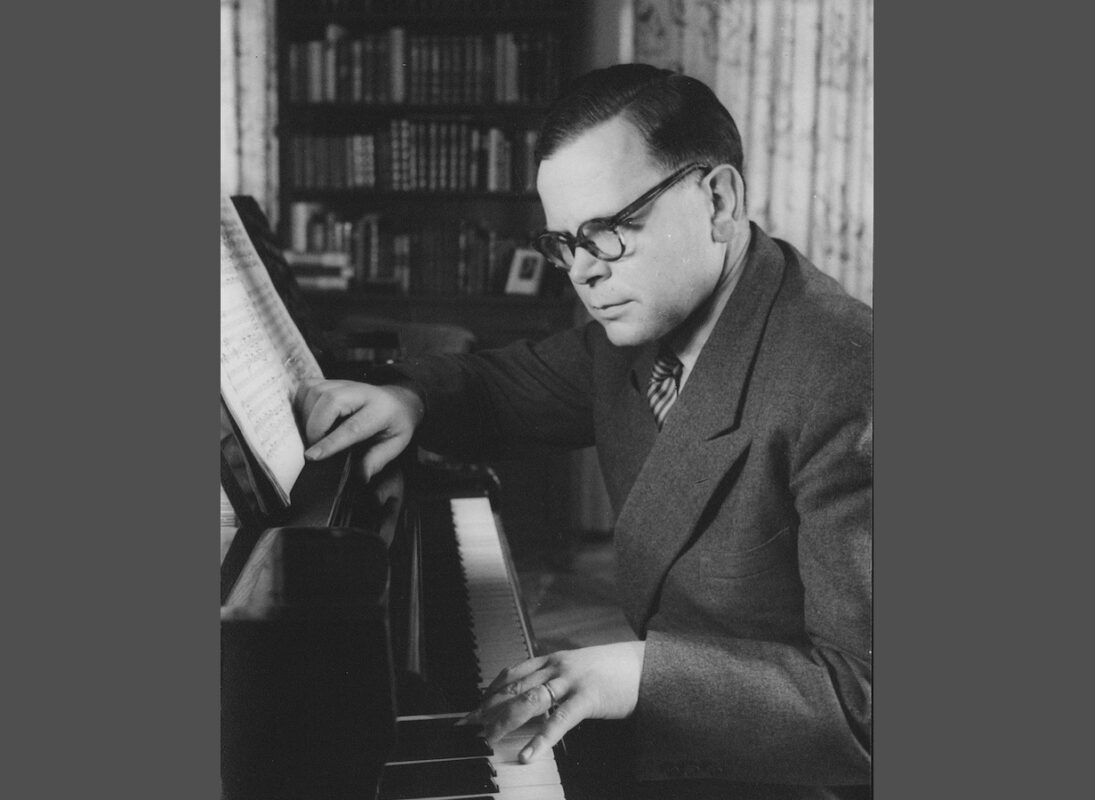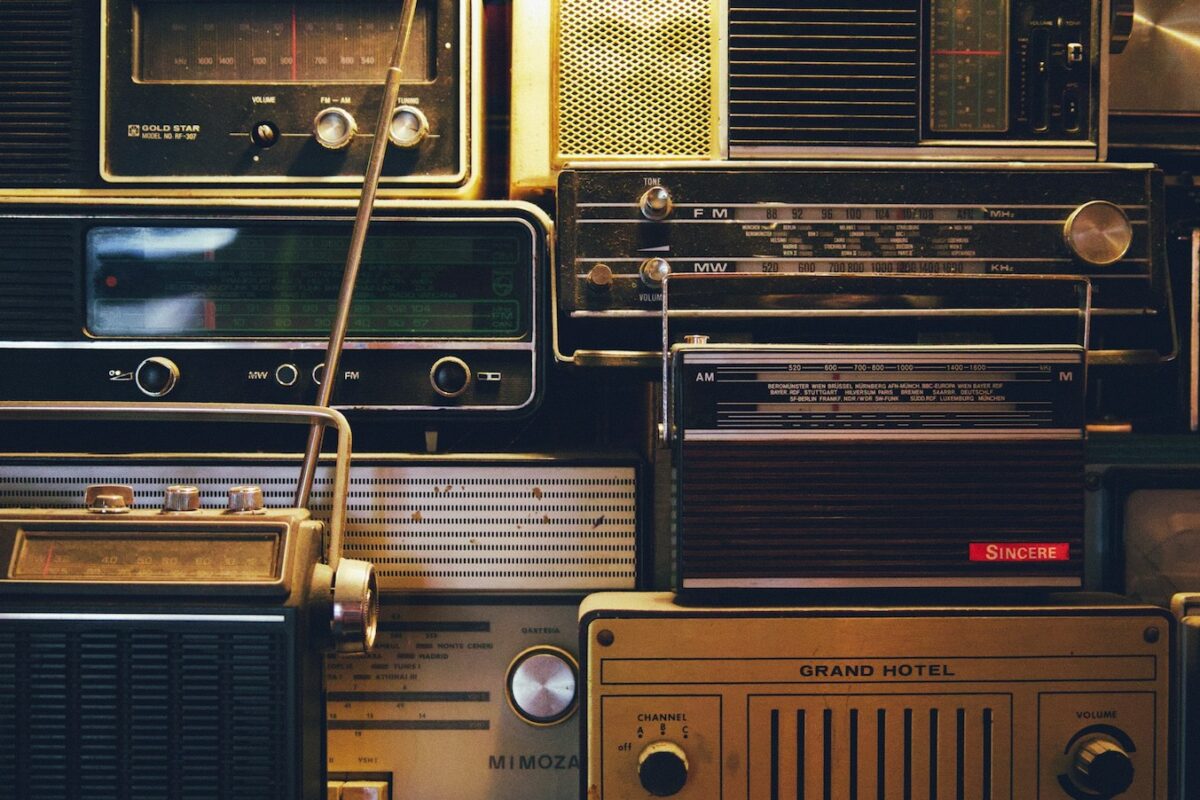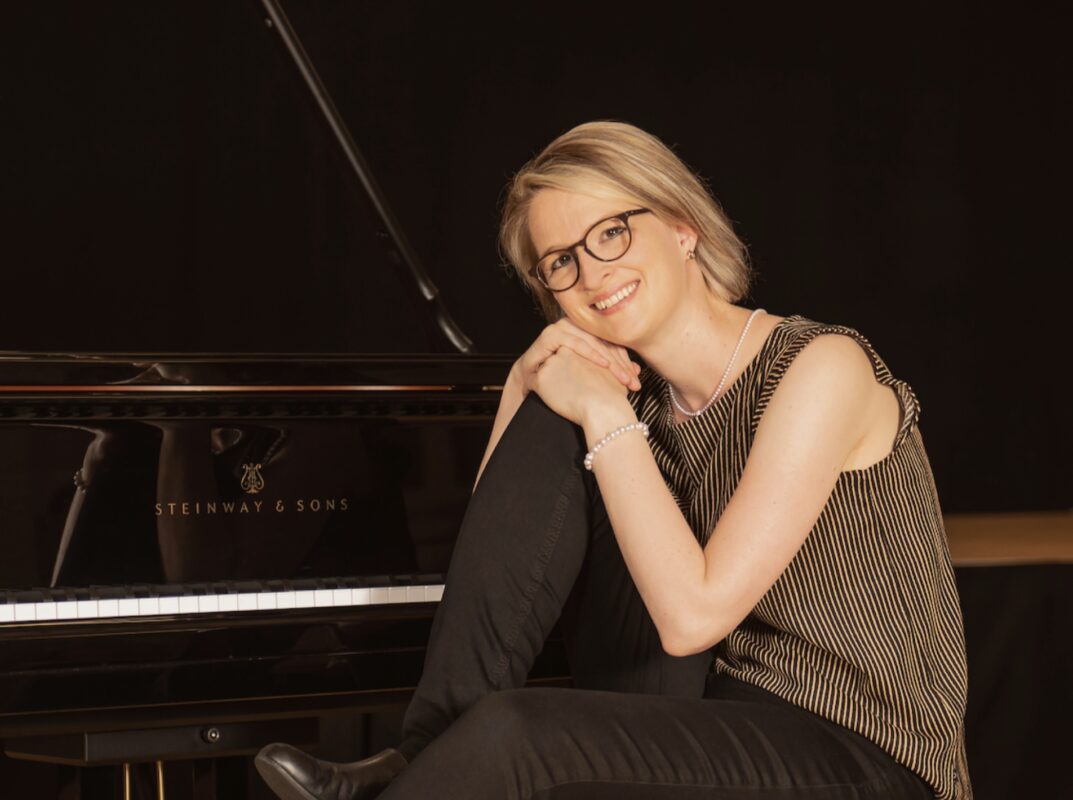Cello concertos from Haydn's circle
The two concerts in which Anton Kraft gave his own instrument the solo part also reflect the development of the orchestra.
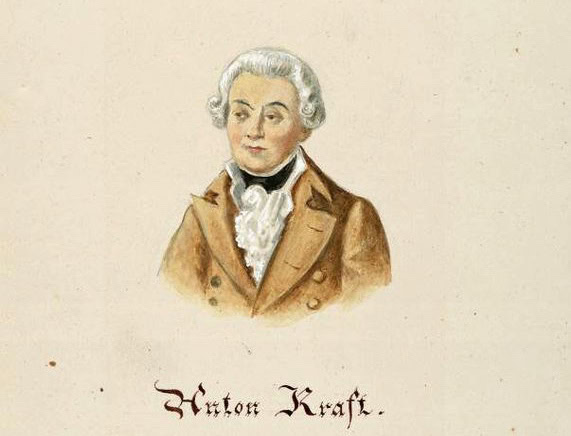
From 1778 to 1790, the Bohemian cellist Anton (or Antonín) Kraft was first cellist in the chapel at the court of Prince Nikolaus Esterházy (1714-1790), where Joseph Haydn also worked. Kraft took composition lessons from him from time to time and it can be assumed that Haydn composed his great second cello concerto in D major for Kraft. It was even mistakenly attributed to him at times.
The cello plays the central role in Kraft's compositional oeuvre. Edition Walhall has now republished his two surviving cello concertos. Both are in the key of C major and are roughly the same length, lasting between 20 and 23 minutes.
The first concerto follows Haydn's orchestration in solo concertos with 2 oboes, 2 horns and strings. The solo part is demanding, but is written in a grateful and balanced manner (range C-g2). The second concerto op. 4 has an almost Beethovenian orchestral size: 2 flutes, 2 oboes, 2 bassoons, 2 horns, 2 trumpets, timpani and strings. The cello part is virtuosic and full of technical difficulties (range C-h2), comparable to the solo cello part in Beethoven's Triple Concerto.
In both editions, the extensive preface provides information about the sources and contextualizes the concertos in the musical field of tension between Haydn and Beethoven. It is to be hoped that these editions will lead to both works being studied more often at music academies and thus performed more frequently.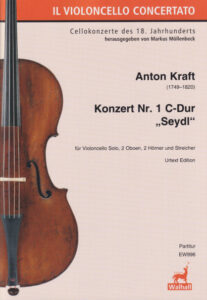
Anton Kraft: Concerto No. 1 in C major "Seydl", edited by Max Möllenbeck; score, EW 996, € 43.50; piano reduction, EW 1157, € 24.80; Edition Walhall, Magdeburg
Id.: Concerto No. 2 in C major op. 4; score, EW 1031, € 49.80; piano reduction, EW 1273, € 28.50






